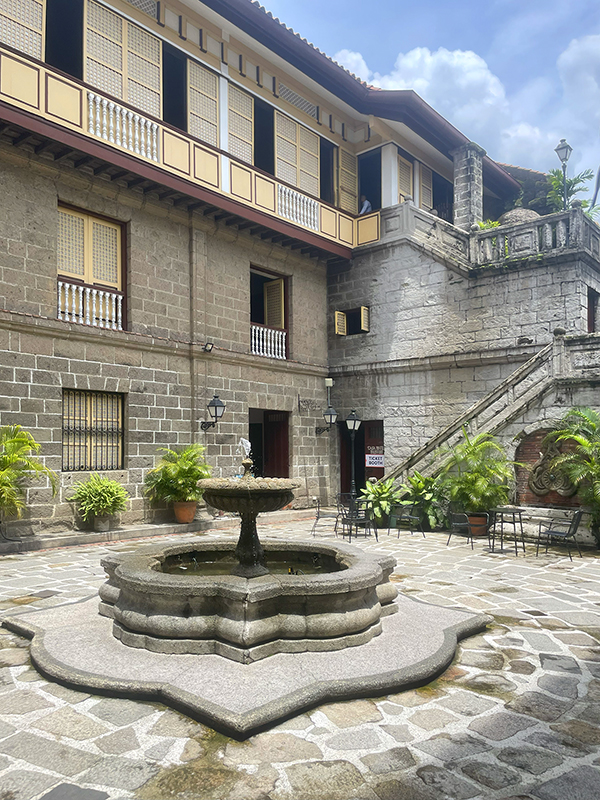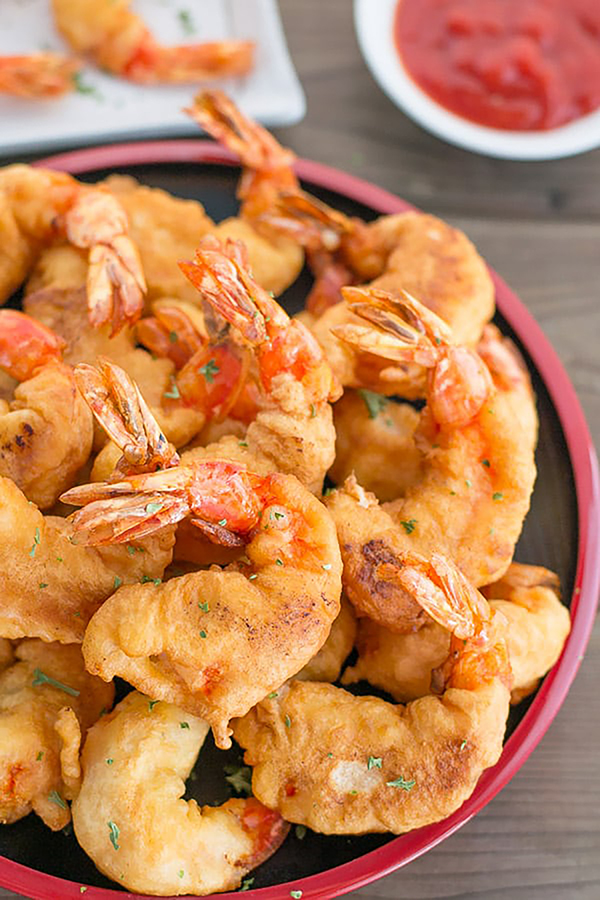

|
|
 |
 |
 |
 |
|
September 25-26, 2025 Marti Eicholz The Philippines is an archipelago consisting of 7,100 islands with a total land area of approximately 300,000 square kilometers (116 thousand miles). It has three major island groups. Luzon is in the north, Visayas in the middle, and Mindanao in the South. The current population of the Philippines is about eighty million people. Sailing from Subic Bay to Manila aboard the Odyssey is a short, straightforward trip between two major points in the Philippines, located in the typhoon belt. The weather conditions are challenging and require careful monitoring. Thunderstorm weather in Manila, Philippines is a result of the Southwest Monsoon, a primary driver, bringing moist air. We are expecting cloudy skies with scattered rain showers to heavy, torrential downpours, strong winds, lightning, and high humidity, leading to flash floods and landslides. We are docked for a two-day visit. Manila, the capital and a significant political, economic, educational, and cultural hub of the Philippines, is located on the eastern shore of Manila Bay on the island of Luzon, an area important for fisheries and aquaculture. The city is bisected by the Pasig River and its tributaries, such as the San Juan River, contributing to the city's diverse landscape. Manila has a tropical maritime climate with a wet season (June to November), prone to typhoons and strong winds, and a dry season (December to May). As a highly urbanized city and the most densely populated city in the Philippines, approximately 1.9 million within the city itself, though the broader Metro Manila area, over 13.4 million, it is one of the world's most populous metropolitan areas. Manila is known for its contrasting character, historic Intramuros district, and as a global trading hub with a rich cultural tapestry that blends Spanish, American, and Asian influences. Important facts include its dense population, being the political and cultural center of the Philippines, and its status as a major economic gateway for the nation. The name "Manila" comes from a flower called "Maynilad," a mangrove plant with white blossoms. The city contains a network of large underground tunnels, which are large enough to house dumper trucks. Binondo is Manila's vibrant "Chinatown," the world's oldest and a bustling center of commerce and culture, founded in 1594 for Chinese Catholic immigrants. It offers a rich culinary experience, from traditional restaurants to authentic street food, and features historical sites like the Binondo Church. Binondo highlights a unique blend of Chinese and Filipino heritage throughout its lively streets. Manila City Hall's aerial view is often described as resembling a coffin with a cross on it. Intramuros is Manila's historic "Walled City," built by the Spanish in the 16th century to serve as the colonial center of power and religion, surrounded by massive stone walls, some over nineteen feet high and moats, which served to protect the city from invaders for centuries. The district was the center of Spanish colonial rule, housing governmental, religious, and educational institutions. This district, meaning "within the walls," is home to numerous historical landmarks that endured the ravages of time and war, including the San Agustin Church, Fort Santiago, and the Manila Cathedral, offering a glimpse into the Philippines' rich past through its preserved colonial architecture, cobblestone roads, and cultural heritage. San Agustin Church in Manila is the oldest surviving stone church in the Philippines, a Baroque masterpiece, highlighting the grandeur and ornamentation of the Baroque style with an emphasis on symmetry and splendor. This magnificent structure, featuring vaulted ceilings, adorned with stunning trompe-l’oeil frescos, intricately carved altars, a beautiful pipe organ, 17th century choir seats with ivory inlays, and majestic chandeliers. It is the only church to survive the destruction during World War II and also withstood numerous earthquakes, making it a symbol of resilience and Spanish colonial heritage. The adjoining monastery has been converted into a museum, housing a collection of Spanish-era artifacts and antiquities that provide insights into the country's rich history. Fort Santiago, an ancient Spanish fortress located on the site of a former Muslim empire, is a significant historic citadel, built by the Spanish in 1571 at a strategic point where the Pasig River meets Manila Bay. This fortress has served as a military headquarters and a prison under Spanish, British, American, and Japanese rule, most famously holding Philippine national hero Jose Rizal before his execution. Today, it is a national shrine and cultural landmark, preserving the ruins, dungeons, and gardens that commemorate Filipino history and the sacrifices made for freedom. The Manila Cathedral, officially the Minor Basilica and Metropolitan Cathedral of the Immaculate Conception, is a Neo-Romanesque architectural landmark within Intramuros, serving as the mother church of the Philippines since its 1571 founding. The current post-World War II structure was designed by Fernando Ocampo, featuring intricate stained glass, a grand dome, and a Latin-cross plan. Known for its resilience, the cathedral has been destroyed and rebuilt multiple times due to natural disasters and conflict, establishing itself as both a spiritual center and a significant historical monument. Explore Intramuros by walking, taking a kalesa (horse-drawn carriage) ride, or using a bamboo bike, offering a journey back in time through its well-preserved buildings, cobblestone streets, and historical walls. It remains a vibrant area, serving as both a historical landmark and a cultural experience. We receive notice: The National Weather Service in the Philippines has issued a Signal 1 warning for Manila, with a 95% probability of upgrading to Signal 2. Under port regulations, all berthed ships must leave once Signal 2 is declared. So, are we finally getting caught?
The Port Authority issued instructions: MS Odyssey is to leave Manila
tonight. The Odyssey leaves Manila tonight (a day early) to ride out the tropical cyclone in open water, avoiding being blown onto shore. Manila is a complex city, a city of striking contrasts between its colonial architecture, bustling modern business districts, and areas of abject poverty. Hopefully, a bright sunny day exploring Manila is in our Odyssey future. |
|
Copyright © 2025 All rights reserved |